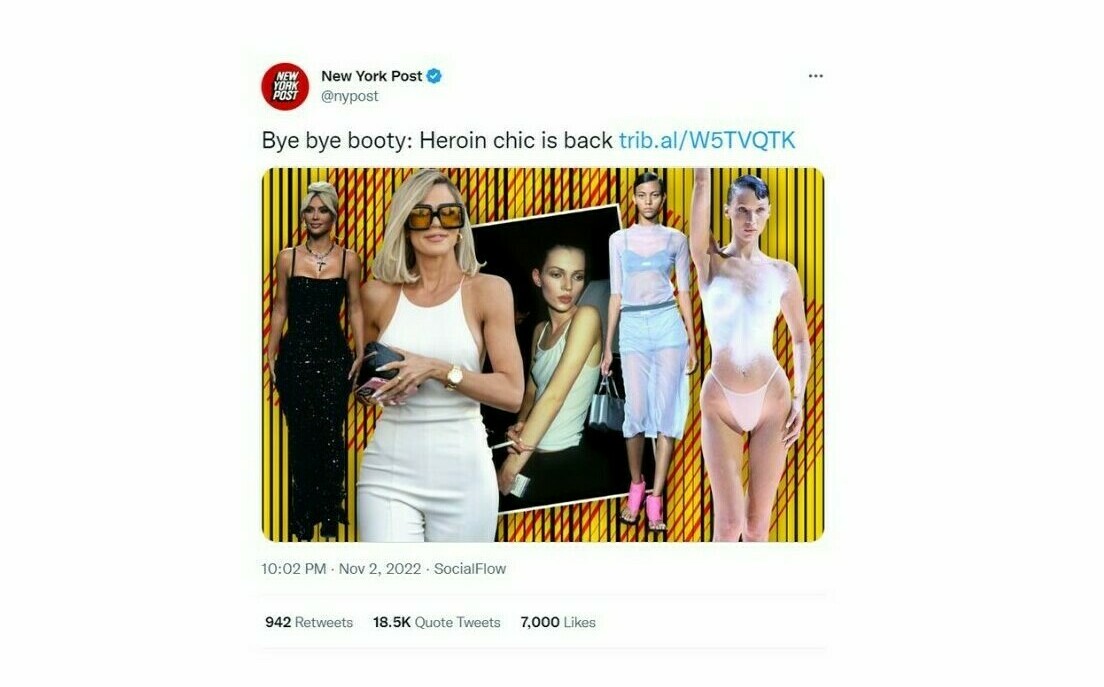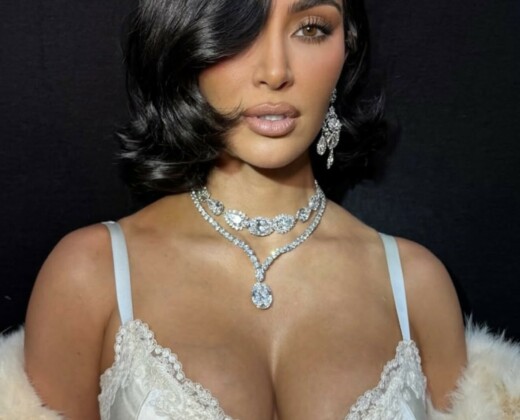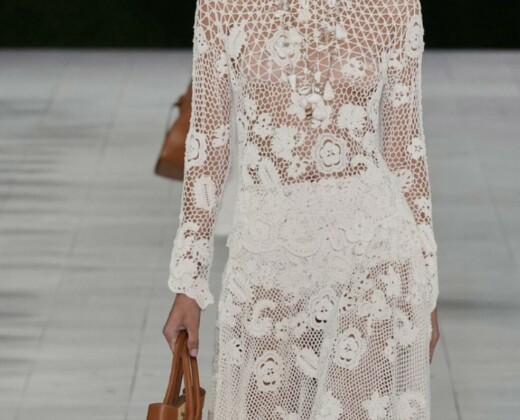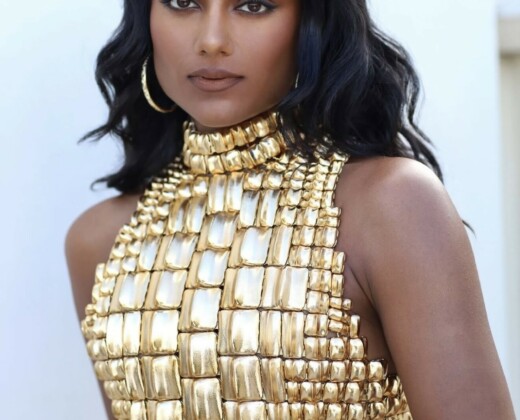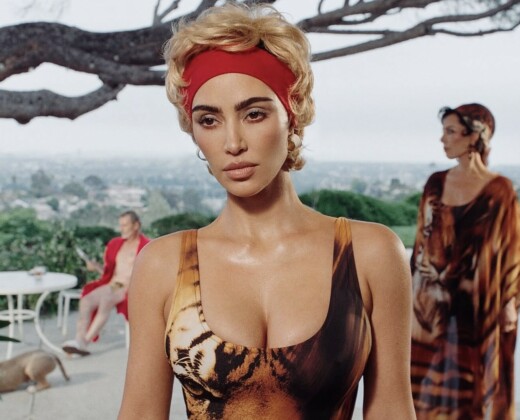What’s that old saying? Time is a flat circle? everything that happens will happen again, in spite of the many scars and warnings it may have left in its wake before. Last week, it was low-waist pants, now, it’s the black sheep of that 90s aesthetic that fashion just can’t quit: Heroin chic. After a New York Post claiming booty was out in lieu of heroin chic went viral on Twitter, a medley of celebrities and models came out in tenfold to voice their disgust and usher warnings of the past.
There have been rumblings for some time now of some heroin chic renaissance, but with so many in the industry intent on body-positive inclusivity, it’s still a surprise to see the return of a fad credited with the rise of eating disorders. The look returns cyclically, from Audrey Hepburn to Twiggie to Kate, but does it have any place in the 21st century?
Fashion’s torrid relationship with health is long-withstanding, popularising and disparaging certain body times depending on the vogue. TikTok erupted after FW23 with claims that the rise of the naked dress and *that* Coperni and Bella Hadid spray-on-gown marked a move away from fuller bodies in favour of the waif look last popularised by the likes of Jaimie King and Corrine day in the 90s.
From the coquette-waif-cigarettes-Pinterest girlies to rumours of mass BBL removal amongst the stars, the tide might just be changing, but these celebrities have something to say about it.
Love her or hate her, Jameela Jamil is a public voice that demands to be heard, and we are listening. Whilst this isn’t the first time the actress-presenter-activist has spoken out on the effects of media on people’s perception of themselves, she hasn’t been so vocal in a while. The Good Place star took to Instagram to urge her audience to ‘say no to heroin chic’ and recounted her own experience with eating disorders. Rightly so, Jameela reminds us of the real risks involved with promoting an idealised body type, particularly on teenage girls. From internal damage to lack of libido, the real risks remain even when the trend is gone. Many models in the industry have come forward with personal anecdotes of unhealthy relationships with food, the use of drugs to stay skinny and the unfading scars left by the industry.
One of those models is Charli Howard, a South London plus-size model that went viral in 2015 after she wrote a lengthy Facebook post about how her then-modelling agency had dropped her for being ‘too big’. Charli took to Instagram to comment on the New York Post article and shared images of herself looking emaciated. Warning of infertility, bleeding gums, and alopecia in both men and women, models famously suffer to survive in the cutthroat industry, but its the influencing effect it has on young teens and adults that destroy their body in hope of being a la mode, even if it’ll be out the following season, that concerns us the most.
Many claim to have seen this coming, pointing to the appointment of Kate Moss as the creative director of Diet Coke as an omen of what has now come to fruition. These warnings have always existed, but only time will tell whether they will fall on deaf ears. Gen Z has shown an active distaste for fascist beauty standards that demand sacrificial commitment to a brand. Still, the susceptibility of the youth is perpetual, and we can only hope that the warnings from the victims of the last heroin chic craze will protect them.
Words by Giuliana Zamudio-Lopez
Header image: @NewYorkPost Twitter


